Studio Archives | 2005 to 2015
2005 - 2007
Site-specific documentation and atmospheric recordings in rural New Mexico and Utah.
Materials included amate (bark) paper, hand-knotted cotton cord, recycled paper, and dyed wool roving.
This work was the genesis for future Walking Libraries research and photographic narratives.
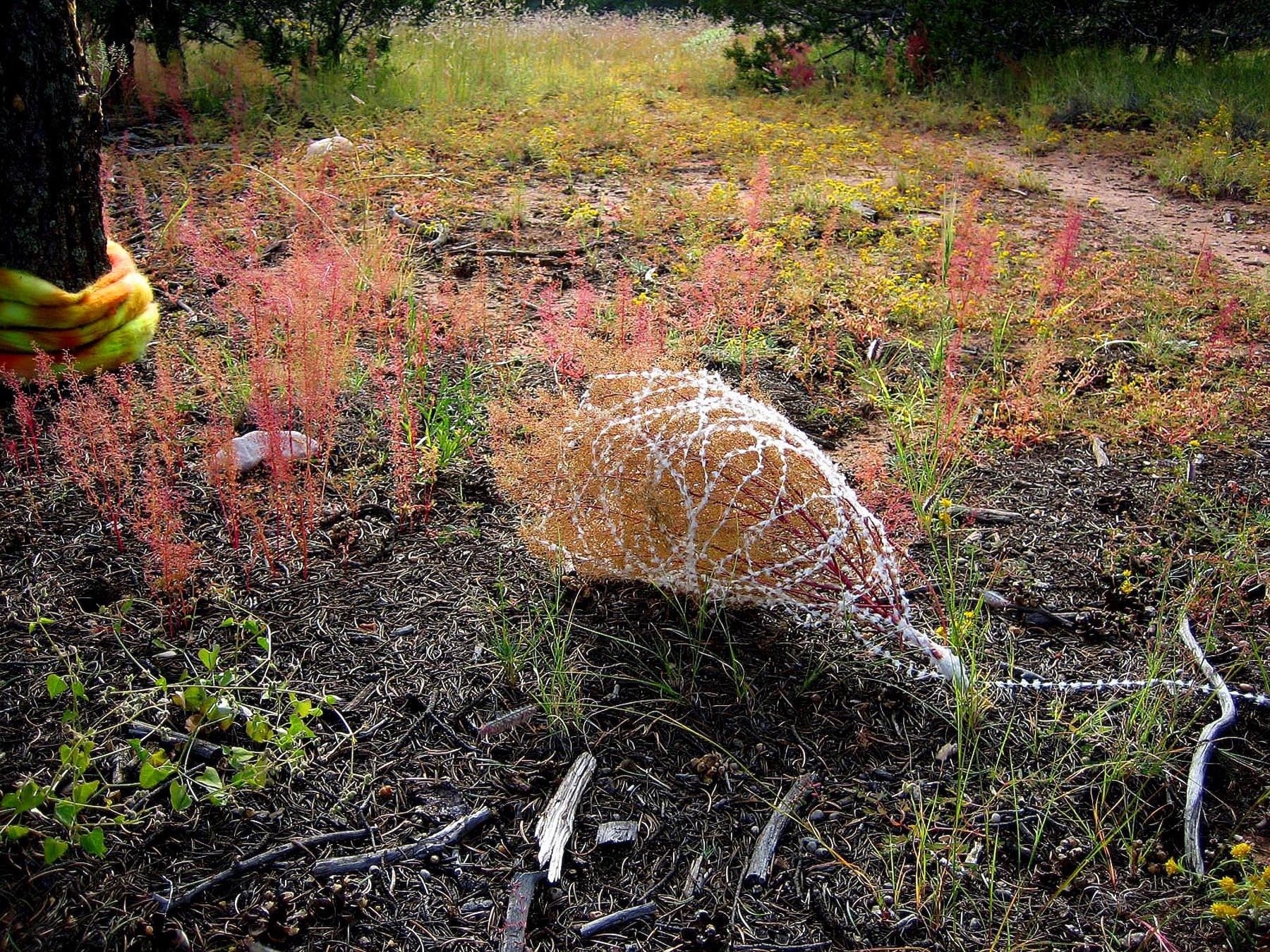
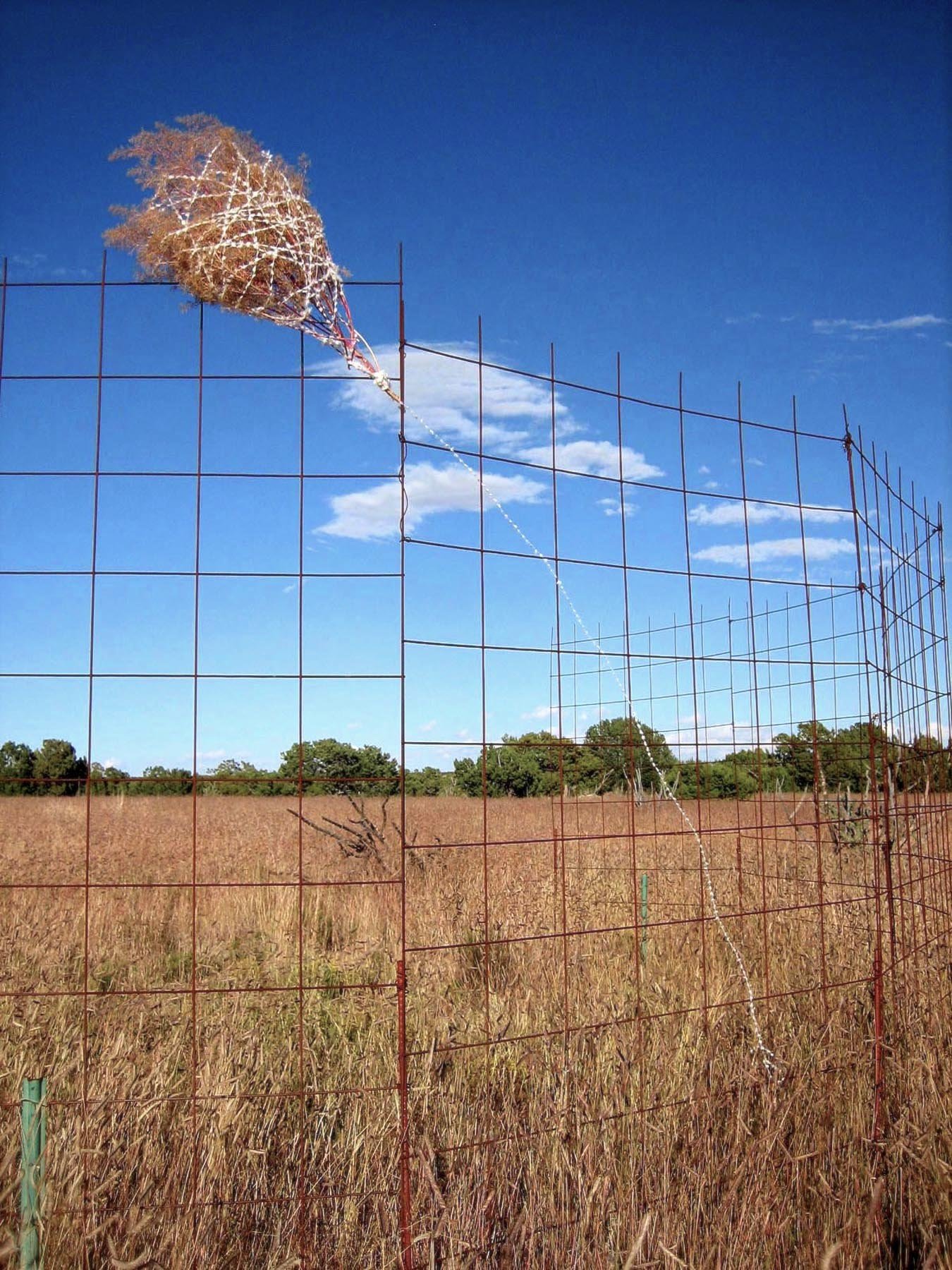
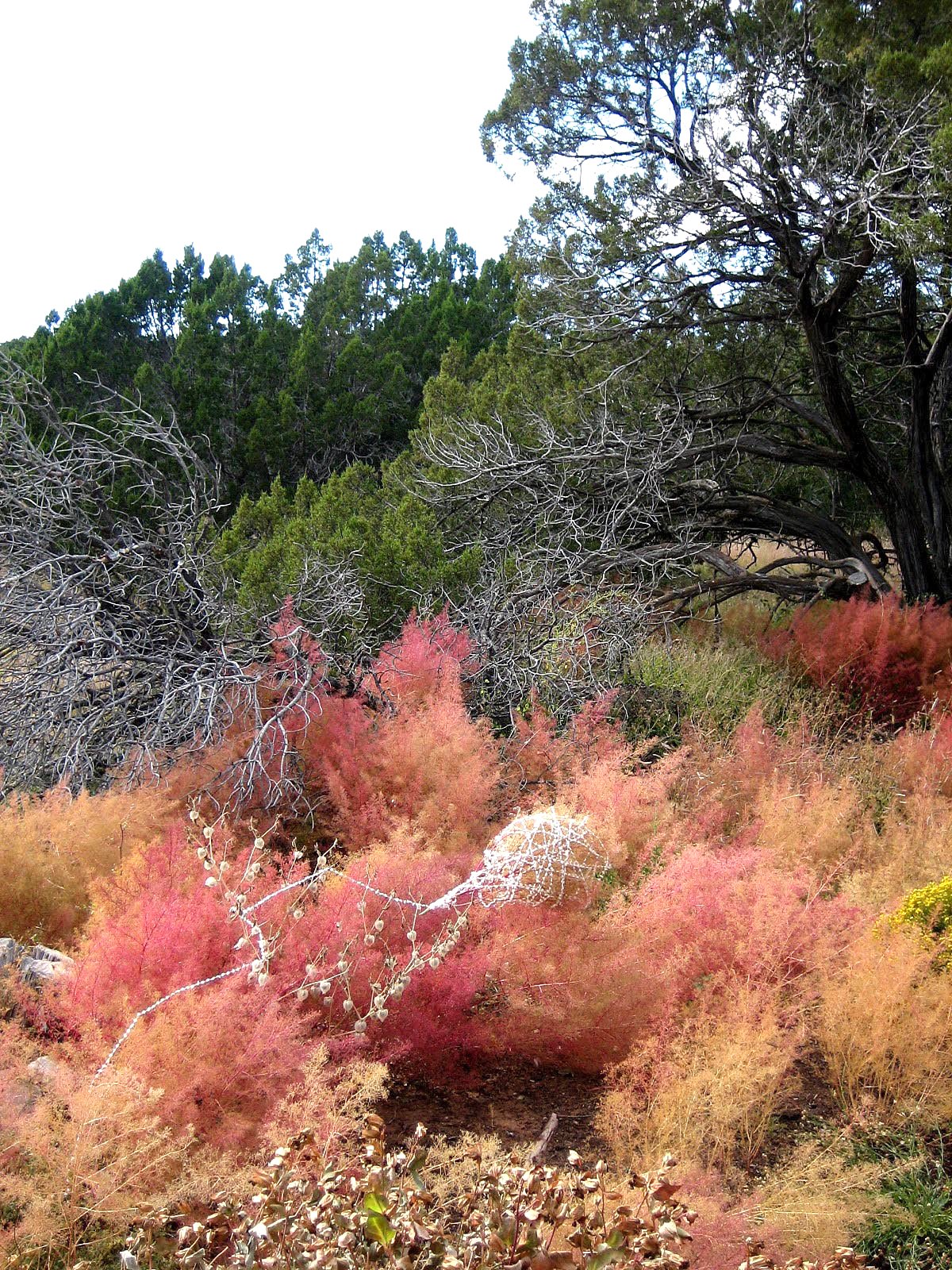
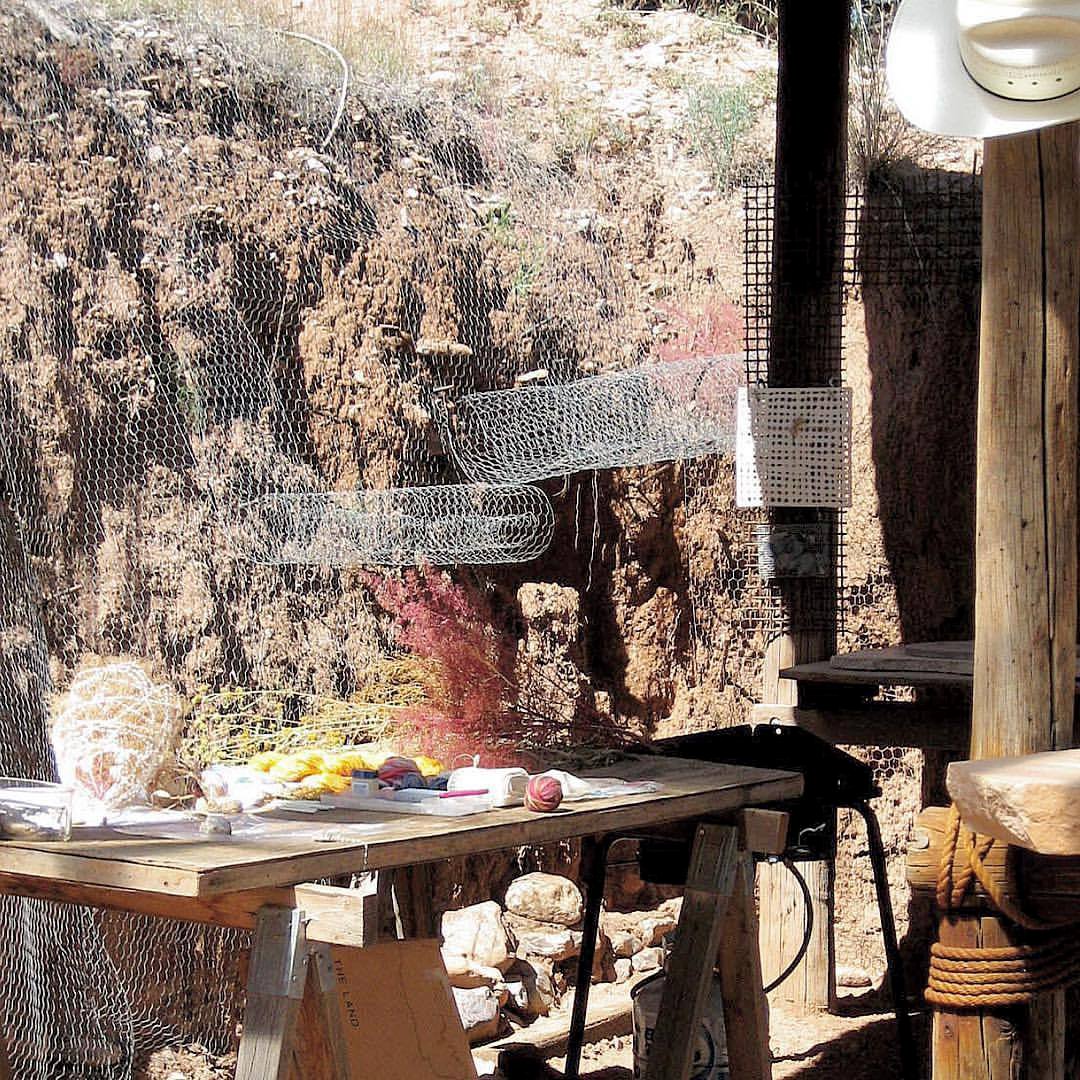
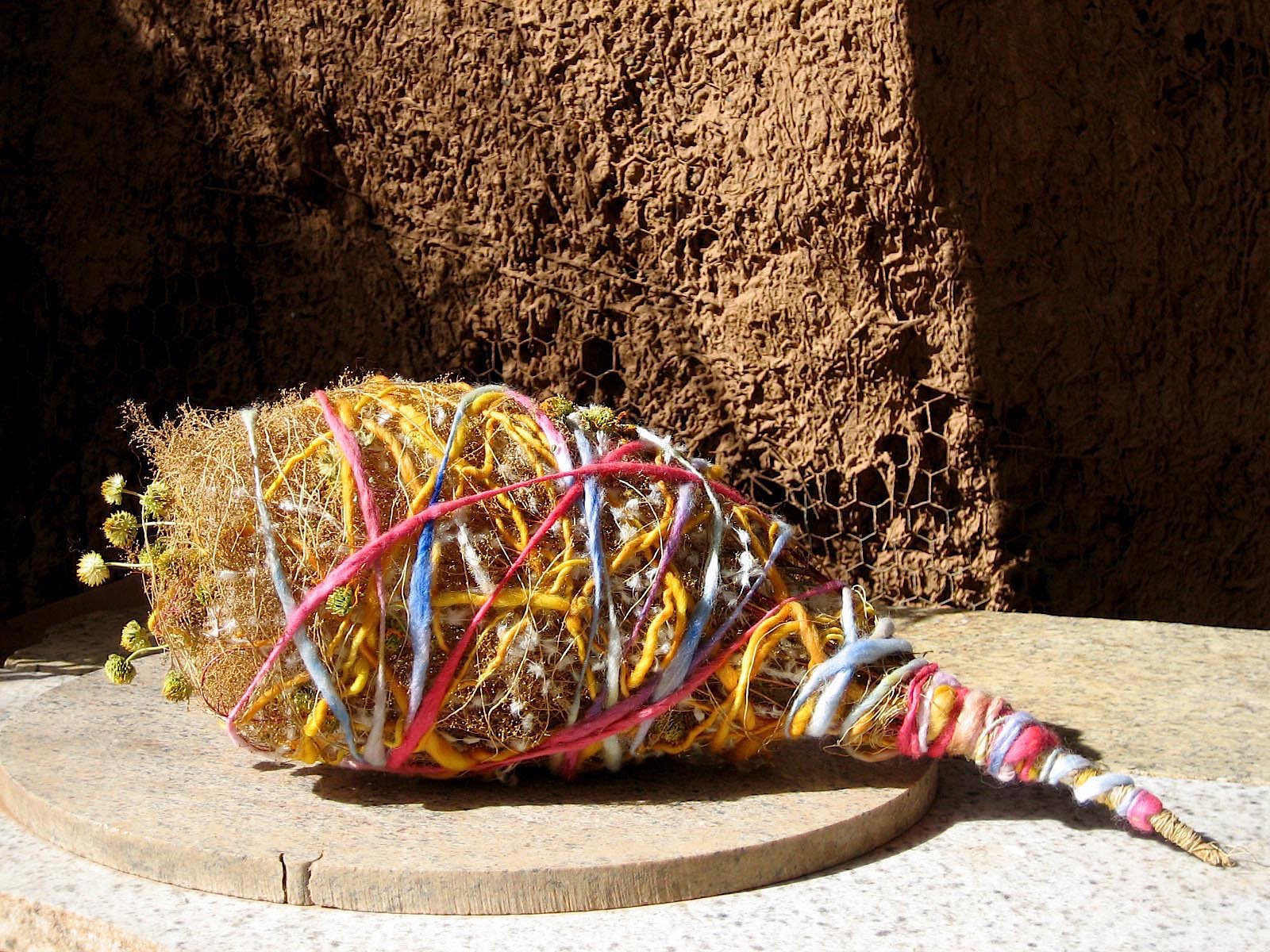
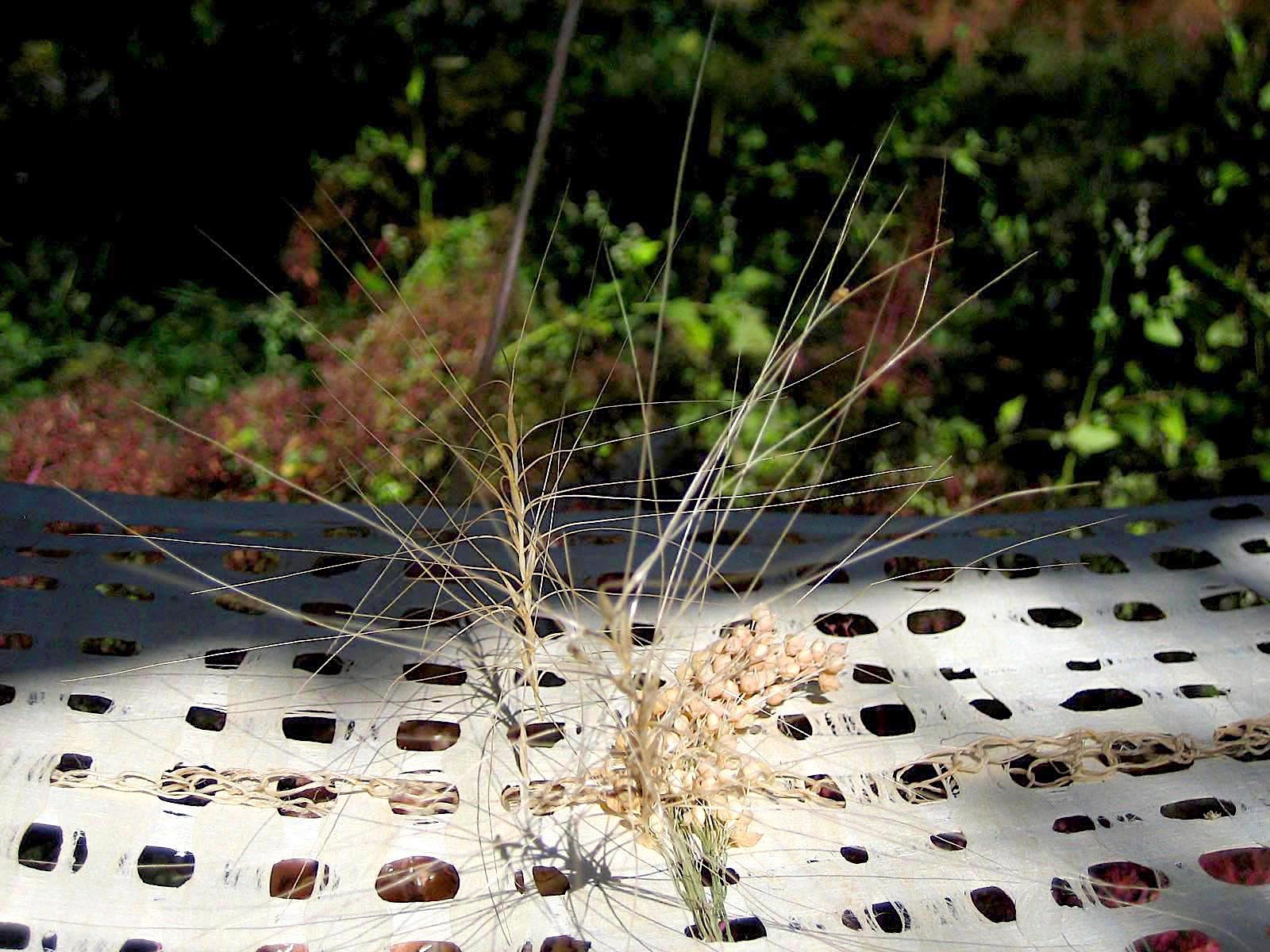

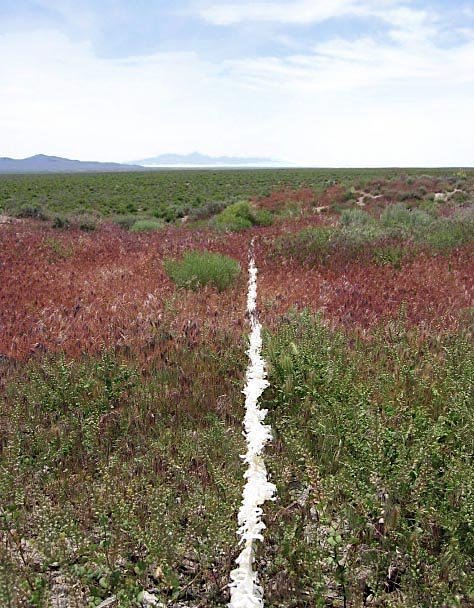
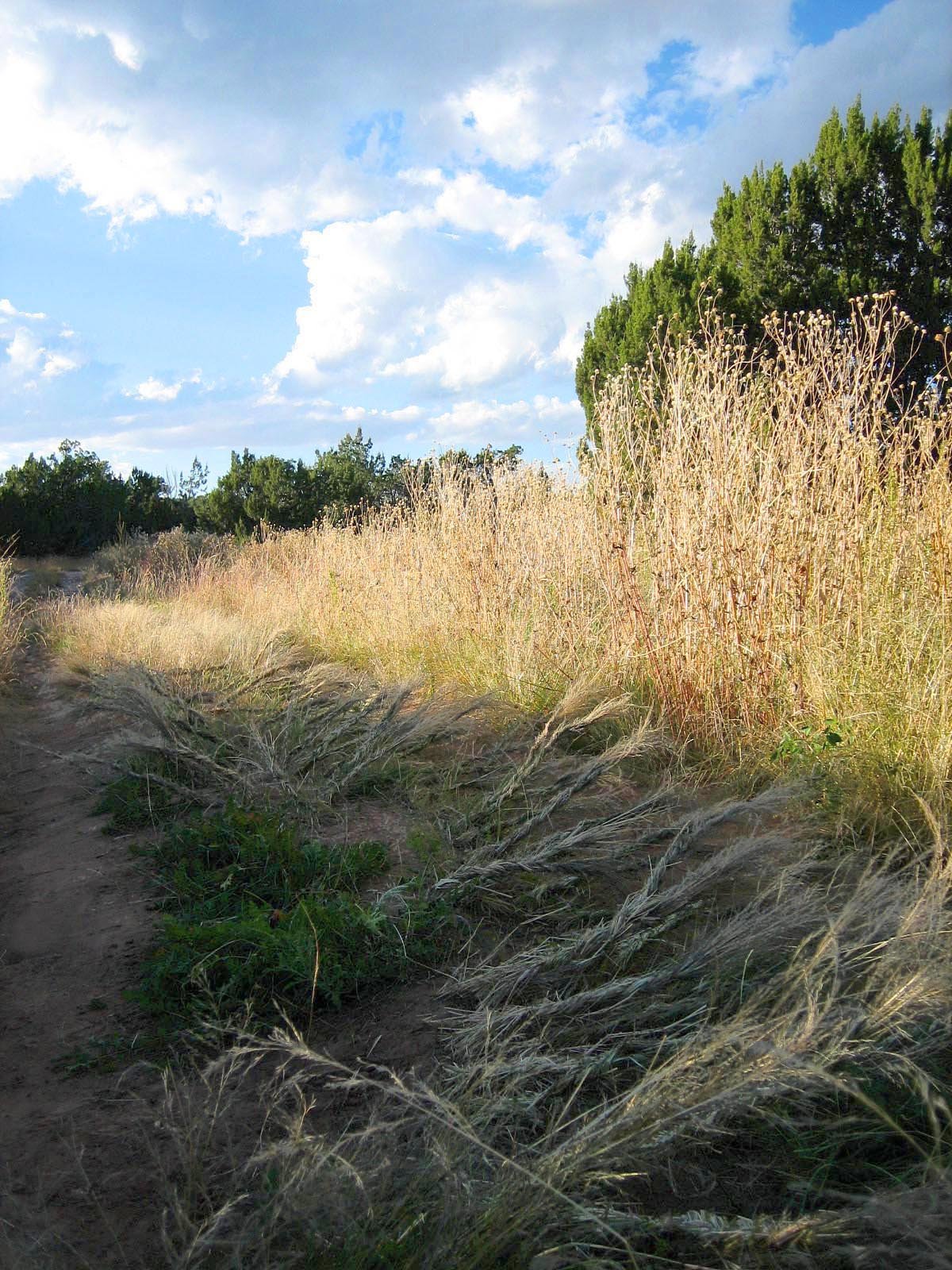
“Fiber, as a construction material, allows me to interact unobtrusively with the surface of the land in partnership with sunlight, wind, and the shifting atmospheric conditions that shape an ecological zone … without the sculptural imprints or permanent marks of other art processes.”
– interview for Landviews Journal (2006)
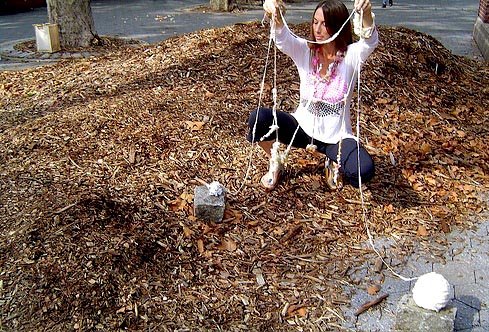
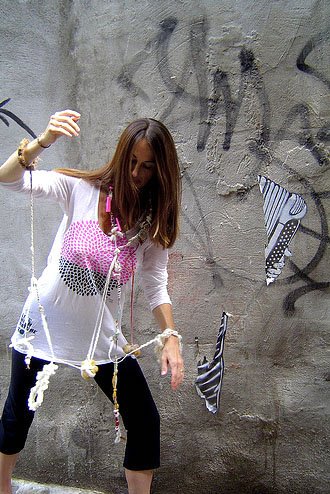
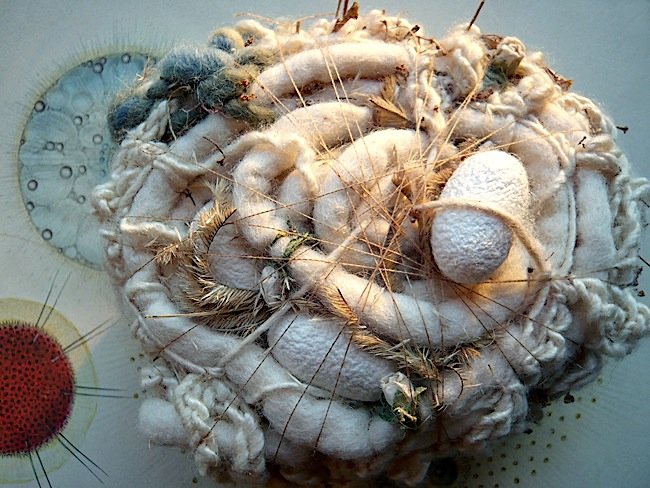
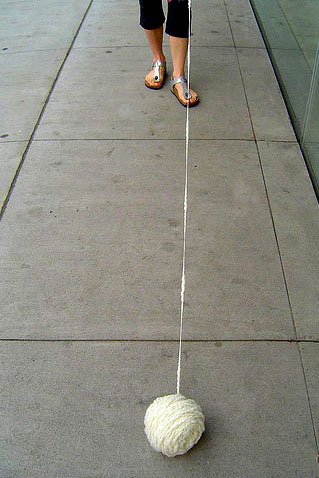
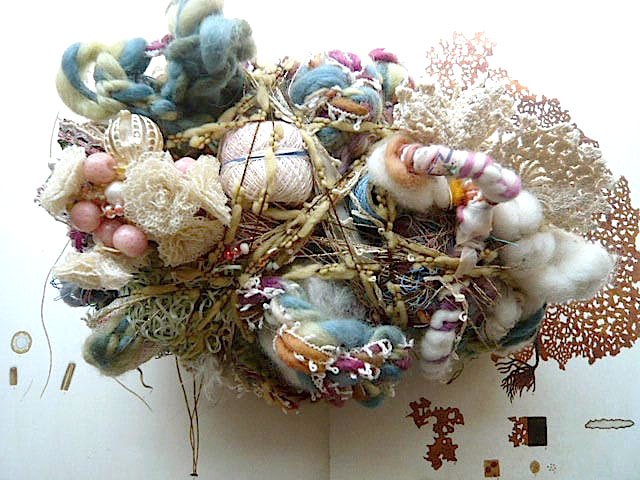
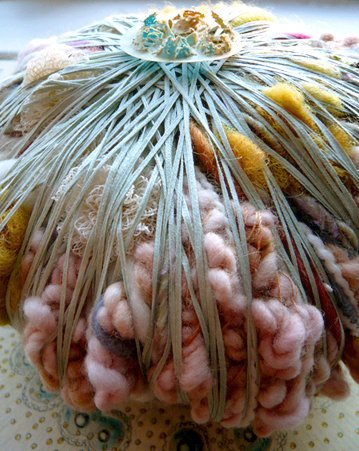
2008 - 2010
Psychogeographical urban mapping projects and sculpted fiber forms created as records of placemaking.
Urban Fiber Flotsam, presented at the Conflux Art and Technology Festival in NYC was a solo performative work exploring fiber as a mapping tool for urban drifting.
Subsequent soft forms of recycled fiber and flotsam found in the urban environment served as intimate objects embedded with codes and preserved memories.
“By mapping a route in lower Manhattan and gathering flotsam materials that became nodes or markers in a system of personal documentation, I also spun together these findings as a record of my spontaneous movements and the overall synthesis and cohesiveness of space. Disparate materials became entwined over time, as the very act of walking helped me to distill the ingredients into a more unified state.”
– Conflux statement (2008)
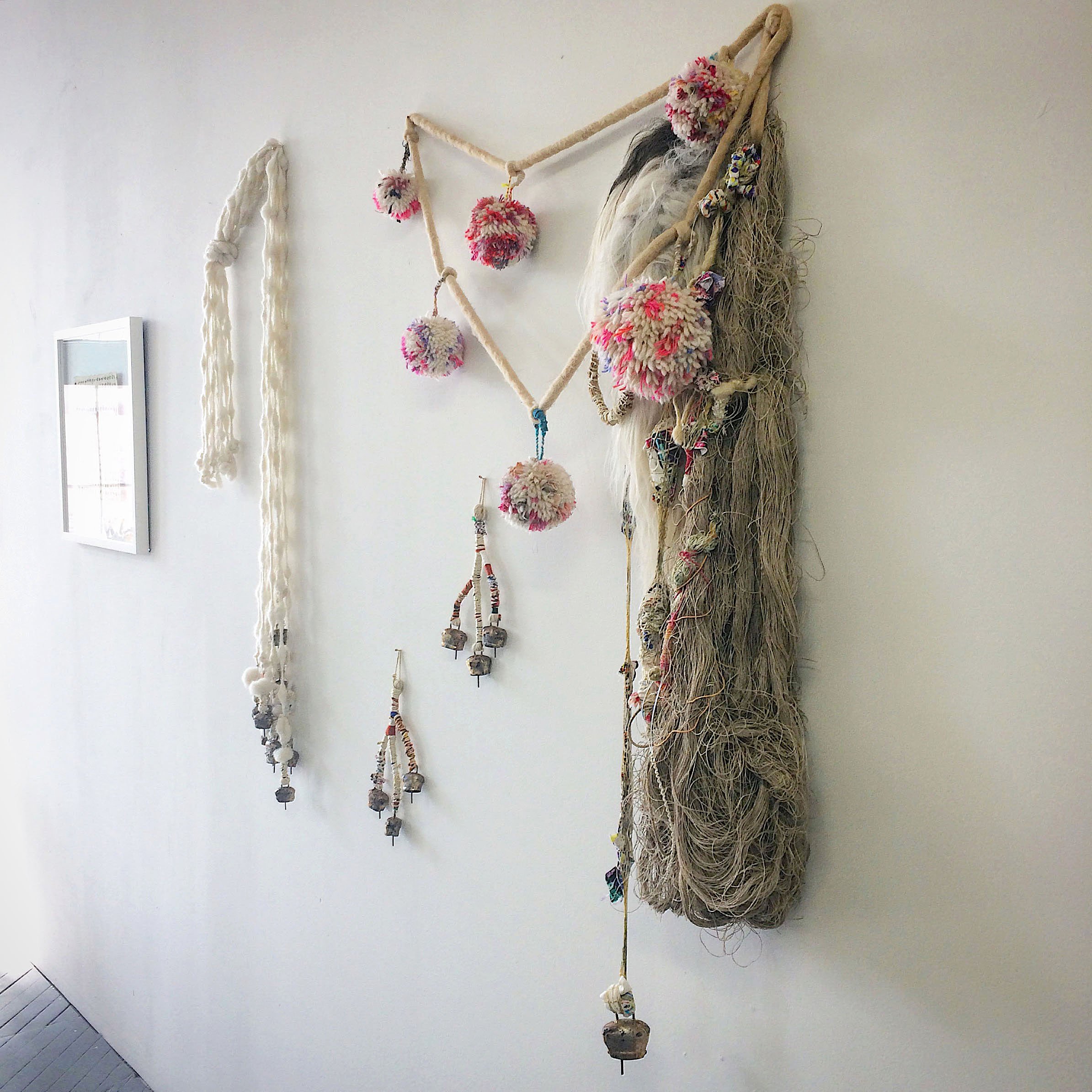
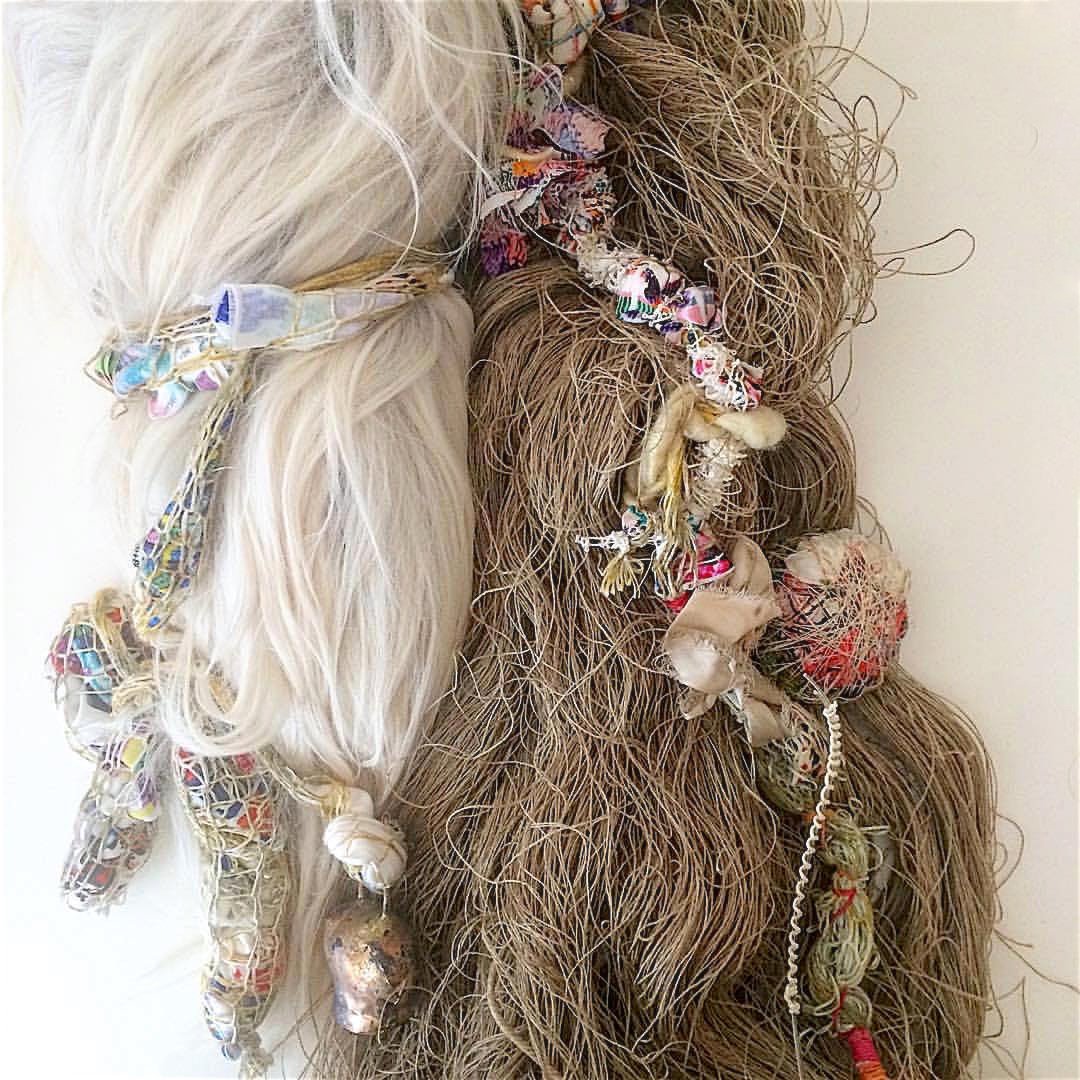
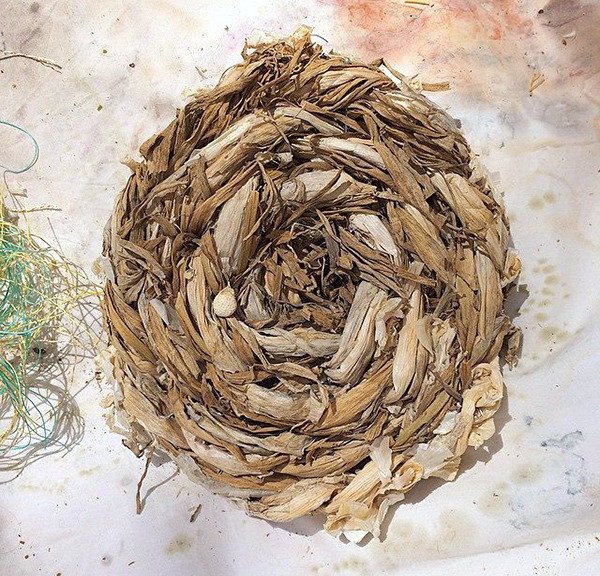
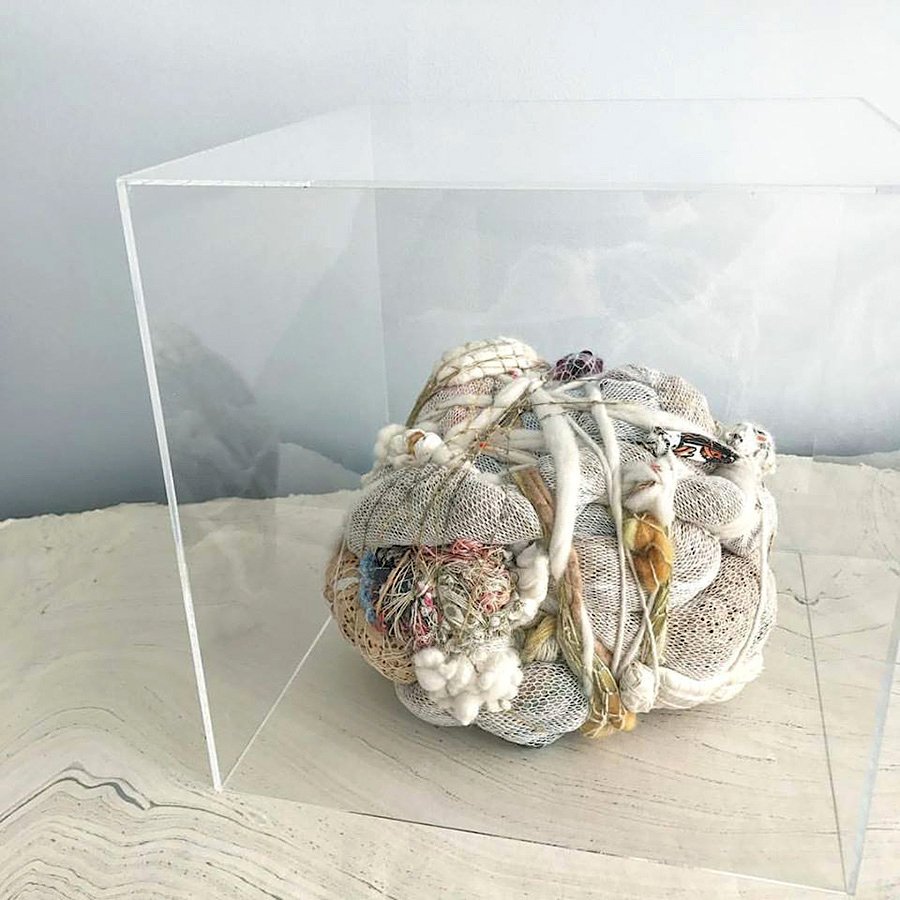

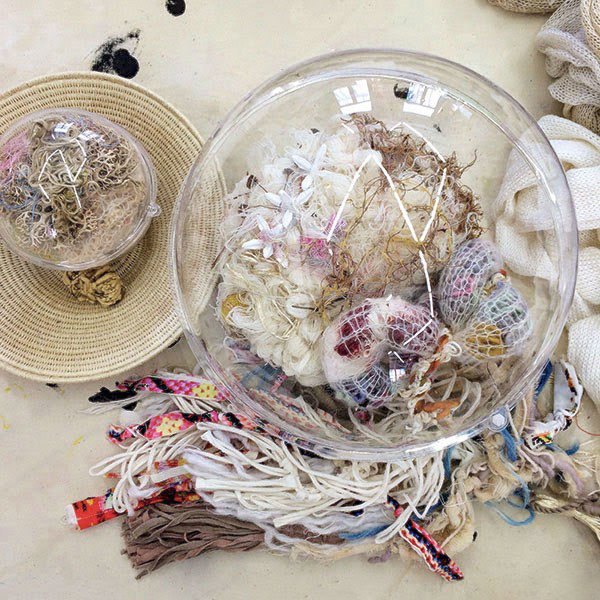
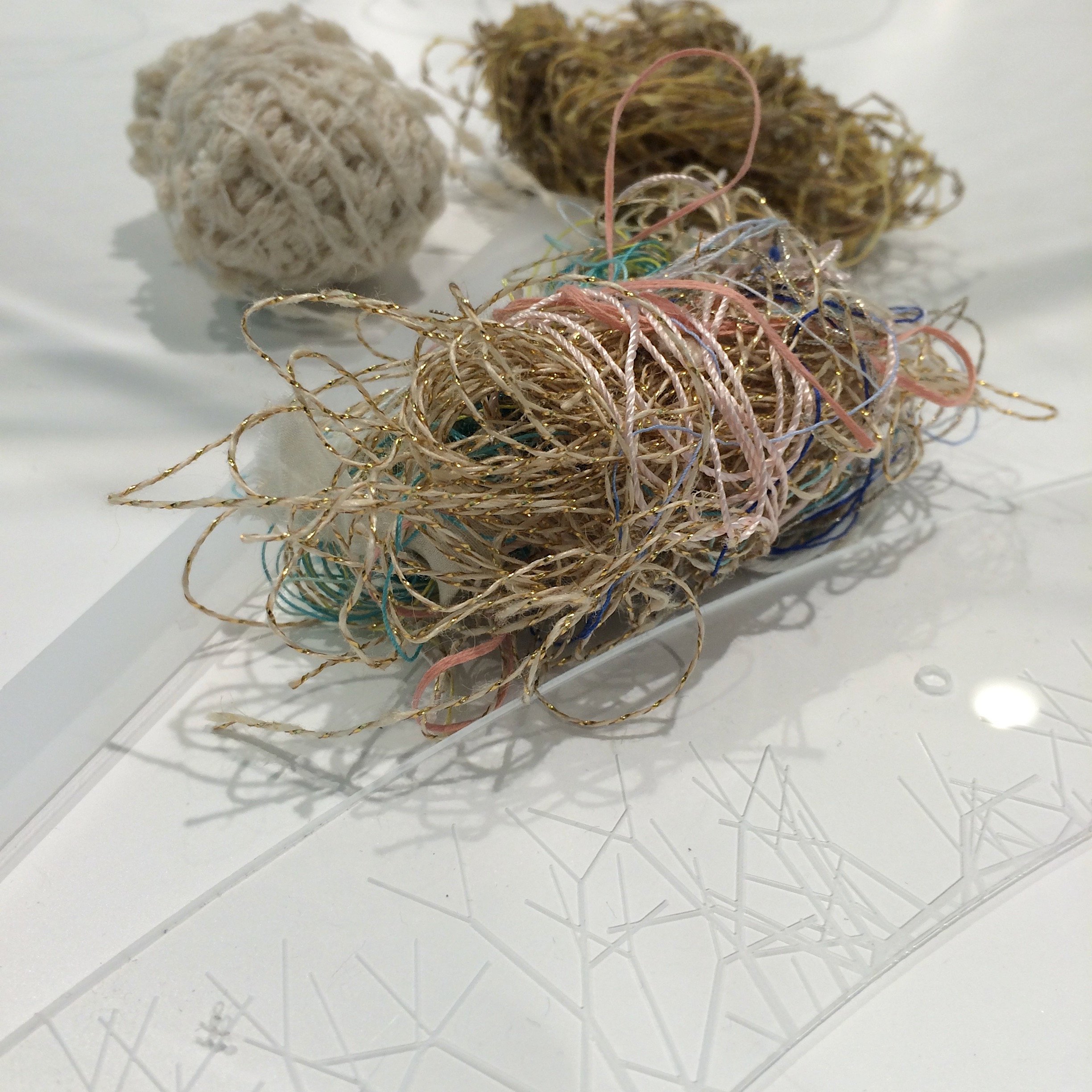
2011 - 2015
Materials exploration via installation projects that incorporated recycled fiber, plaited vegetation, handmade artifacts, as well as the introduction of transparent pod vessels and vitrines for display.
Site-specific textile projects included Toolshedding at Weaving Hand Gallery and Tumbleweed Colony at the Wythe Hotel in Brooklyn. Visits to designer studios yielded scrap materials that were synthesized into new fiber forms and suspended wall pieces.
“Tumbleweed Colony was an opportunity to explore how city dwellers drift through the vast complexity of urban space. We all have our own mapping strategies for navigating neighborhoods and densely populated zones … We are, as tumbleweeds, picking up bits of data and delivering this information to new surfaces.”
– interview for Pratt Institute’s BF + DA (2015)